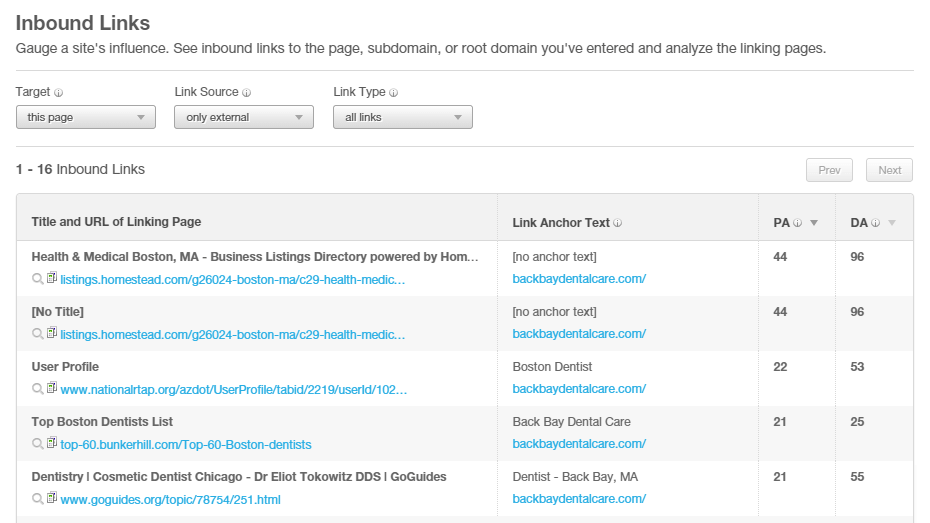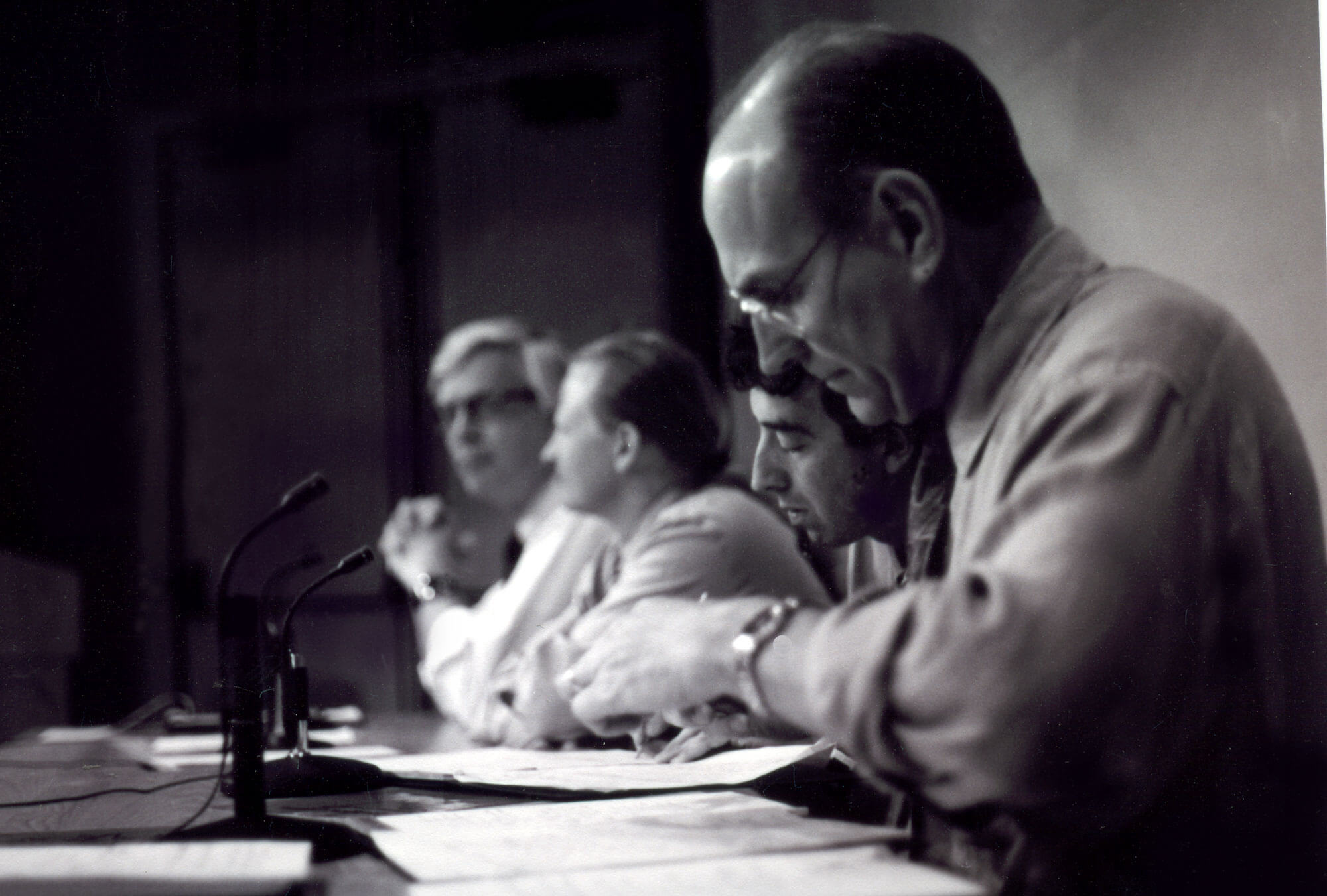Patient referrals are the lifeblood of every healthcare organization. But sadly, most organizations still rely on antiquated referral pad marketing strategies and fragmented relationship networks to outreach with other providers in their area.
By setting up a referral network from scratch, you control who you work with and how. And by creating mutually beneficial terms with regular meetings, you can ensure your network members will keep working for each other (and you) within the context your practice need the most.
If you want to expand your clinic to include care for a different type of patient, you’ll have a network of trusted professionals already working with your target patients. The only requirement is simply notifying providers of your changing business and clinic goals, and they can start sending you the patients that come through their office that will benefit from what you have to offer.
Grow Your Clinic’s Business & Become a Public Hero
By creating this strategic medical network to serve both clinics and your patients, you’ll make each other look like heroes in the eyes of your patients – growing your non-professional word-of-mouth referral network even more.
As an example: You have a chiropractor and a pulmonologist in your referral network; one of the chiropractor’s patients who comes in for regular alignment mentions his new athletic regime makes it harder to breathe and asks if it could have something to do with his spinal alignment in certain weight-lifting exercises. Once the chiropractor examines him and determines that the diagnosis might be unrelated, he can refer him to the pulmonologist. Because the referrer knows the pulmonologist professionally, he can give the patient more insight into what the doctor is like. The bond between networking professionals creates ease of transition and improves the coordination of care.
As the coordination of care improves, so does the patient experience. Better patient experience can be directly linked to increased business opportunities for every care provider within that continuum of care.
Set Up a Medical Mastermind Group for Quality, Constant Referrals: 5 Steps
Mastermind groups are growing in popularity for professionals in all kinds of areas of business and industries. These groups work together to brainstorm new ideas, help each others’ businesses grow, and hold each other accountable for reaching their professional goals.
The idea is spelled out in the book Think and Grow Rich by Napoleon Hill; he called them mastermind alliances and claimed they’ve existed since the beginning of time—even people like Benjamin Franklin and J.R.R. Tolkien belonged to one.

Benjamin Franklin established a mastermind group of 12 of his fellow professionals in Philadelphia in 1727. Under the Junto, they established the USA’s first lending library and formed the University of Pennsylvania’s academic team. The key to their success was exchanging knowledge and helping each other and their community.
Getting together with non-competitive doctors and medical professionals in a local environment to create a better, more fully inclusive service for your patients and community can greatly improve the potential for future opportunities. Further, because you’re getting to know your referral sources more personally, you’ll have an improved desire to help each other. Therefore, planning and establishing an exclusive group like this amongst referrers creates more of an obligation to find ways to send each other patients in need rather than doing so as a casual afterthought.
1. Make a List & Check it Twice
To start, think about who advises your patients before they end up in one of your examination rooms and begin your list with those names.
Continue your list with the non-competing clinics in your area you can think of (even if you think their loyalty lies with another doctor)—basically, any other office in town that treats people or provides any medical advice. Make your list as long as you possibly can without self-editing.
Once your list is exhaustive, refine it by asking yourself these questions:
- Who do you already know and get along with well? (This is obvious, but you would be surprised how many facilities do not discuss their relationships fully with other staff or clinicians they work with)
- Which clinics are on top of their marketing?
- Keep your eyes open for ads on TV and in local publications.
- Also, try web searches to see who are proactively taking advantage of online traffic. To review your competitor’s website, utilize tools like moz.com to view which websites are featuring their content and reach out to the same editors that published the content and ask if they would feature your website as well. Be clear, only post on high-quality sites and not spam directory sites, or you could risk getting banned from Google or other search engines altogether.

5. Are there any impressive new doctors in town that are already doing a lot of business—or whom you would consider an up-and-comer? (Which doctors have full schedules and can’t fit in many new patients?)
- Recommend taking a look at your local county clerk’s office and review new doctors that have just received their business license. Maybe a great way to build solid relationships early on and offer assistance to an up-and-coming doctor.
- Are any doctors breaking off to build a new practice of their own? (Again, keeping your eyes open for advertisements or announcements in local publications will help here.)
- Of the clinics whose loyalty lies with your competitors, do they have any competing clinics you can reach out to?
With the answers to these questions, you can establish the top targets to invite into your mastermind group. You may want to create a first choice and second choice list. The two lists will help you determine who to spend time on. If a doctor is already at the top of their respective position, you may want to eliminate that person from the list. Targeting the people who will be initially receptive to an invitation will be an important time-saver.
2. Meet Your Targets in Person

Meet the doctors you’d like to add to your high-performing referral network in person—preferably if it takes place out of the office, so neither of you is too distracted with work.
Nothing says “I’m in sales mode and desperate for business,” quite like dialing up your target list immediately and launching yourself into a word-vomit about how great your practice is and why you two should start making referrals to each other.
But you don’t have to go about this in a way that makes others see you as desperate for work.
Instead, meet each of your targets and runners-up in person in a quality, professional environment that allows you to discuss business ideas and the quality of patient care to see if you think along the same wavelengths and would work well together. Just because someone is your top choice doesn’t mean the person you initially listed as a runner-up wouldn’t be a much better addition and higher referrer for you in the referral network you’re setting up from scratch.
When meeting people in person, try to find out their business goals for their clinics over the next five years. This way, you can integrate it into the goals of your medical mastermind group, increasing their chances of joining forces with you.
But again, launching yourself into business talk right away can be off-putting. Instead, give yourself a warm and slow introduction. If you’re at a conference, walk up to them at lunch and ask to join them. Ask them what they think of the conference so far, and let the conversation go from there. If need be, you can always steer the conversation back to their business by asking something like, “I found the presentation on emergency procedure protocol interesting, but I don’t think we’ll use it much in my clinic since I’m an allergist. Do you think your clinic will find it useful?”
3. Have Substantial Meetings
After you’ve done basic introductions, exchanged business cards and brochures, and set standards and goals for your group, you’ll need a set meeting schedule to fall back on to make sure everything gets covered, and each member walks away with feeling accomplished and motivated to move their business forward.
- Begin the meeting with each member telling how they feel about the last month of their clinic’s business, along with updates. This should be limited to three minutes per person (or a maximum of five) to keep things moving and ensure only the most important things are stated upfront.
- Next, take about three minutes for each person to give accountability updates. Here they have to admit whether or not they reached the goals they set for their clinics at last month’s medical mastermind meeting. If they didn’t meet their goals, they should state why. In this same time frame, each member tells what they want to accomplish in the upcoming month.
- After this, go around so each person can talk about their big wins in the past month. It could be anything from a significant increase in patient-to-patient referrals, a successful ad campaign, or an increased patient recovery rate. Big wins do not necessarily have to be related to your goals or your intentions for the past month.
- Then have a question and answer time structured around advice-giving. Members can ask for clarity from each other or help in trying to accomplish something similar.
- After the Q&A session, have one member give a presentation relevant to issues the group is facing, teach how to do something new (like running a successful ad campaign for new patients), or focus on something like new legislation. This will usually have been decided on in the previous meeting. Make sure members take turns giving presentations.
- After the presentation, have another Q&A session surrounding the content of the presentation. Let members explore what the presentation means for their clinics and ideas on how they can help each other with implementation if needed.
- Finally, discuss what you’d like to accomplish as a group over the next month and the steps you’ll take to do it.
- In the last five minutes, take care of any needed housekeeping and finalize next month’s meeting time and presentation topic.

By meeting with your referral network regularly and staying in touch outside of the meetings, you’ll be able to increase the referrals drastically you get from each other and brainstorm other ways to generate high-quality patient referrals.
4. Take Care of Your Fellow Masterminds & Referral Sources
Stay humble throughout the growth of your mastermind referral network, and make sure you show gratitude every single time you get a patient referred to your clinic—whether it works out or not. After all, you do want the referrals to keep coming.
Consider this a relatively low-maintenance part of your marketing plan that generates a huge ROI.
As a part of your discussions in your medical mastermind referral network, ask if there are specific ways you or your clinic could help achieve another person’s goals, if they’ve got any foreseeable challenges you could help bear the brunt of, or if there’s someone you know they’d like to meet.
And even if you get a referral source that isn’t in your mastermind group, make sure you take care of them with the same gusto—you never want to say no to new patients (if you have the capacity to handle them, of course) if they’re coming from a quality source that will help your clinic stay open and operational.
5. Keep Growing
As you and your referral network members find yourself working well together and performing on levels you didn’t think were possible before, you can add more doctors and medical professionals to your group to further optimize yourselves in the local medical market and to get more high-value referrals from medical professionals who appreciate and work well within your mastermind setup.
Technology will play a huge role in building and managing a physician referral network. If you are interested in demoing a revolutionary CRM network for healthcare providers, check out referral MD.
What are the benefits of an online referral network?
- Improved local search on Google, Yahoo, and other search engines.
- Leverage online marketing tools to manage and build more referral relationships.
- Streamlined communication (secure messaging, attachments, digital referrals, progress notes)
- Metrics to identify high volume referrers
Formalizing Your Own Mastermind Referral Network
Even if you don’t have to build a referral network completely from scratch, you can use these mastermind group principles to form a more cohesive bond with the doctors you already make referrals with to optimize your performance and improve patient care. From there, you can expand your group to include more doctors to continue your growth.
Do you belong to a medical mastermind group and have a high-performing referral network? What are the best ways for new doctors to join one?
Image credits: Panel Discussion, Doctor in Office











